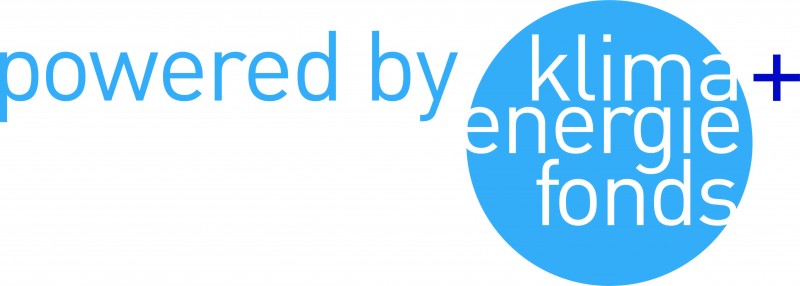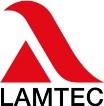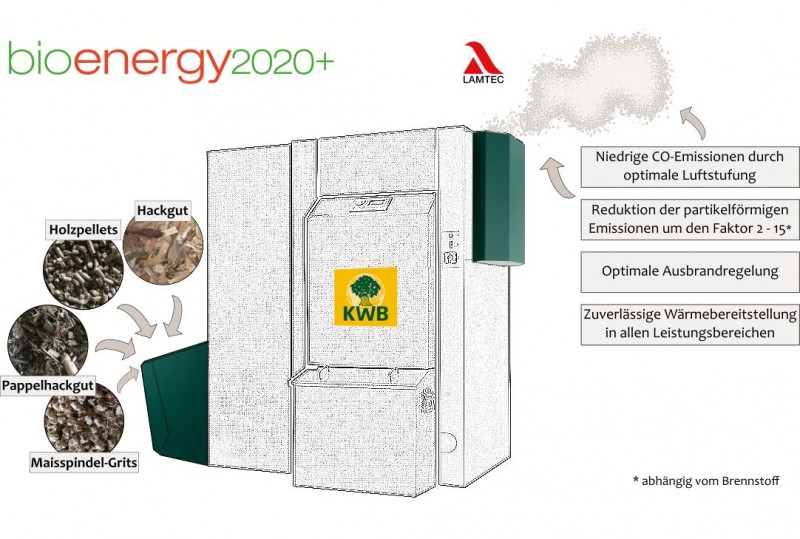MoREIntegrALBiomass - Model-based control and electrostatic precipitator integration for low-emission combustion of alternative biomass fuels
In today's biomass furnaces, problematic biomass fuels such as agricultural fuels (e.g. straw), waste wood, energy grasses as well as residues from the agricultural industry (cores, shells etc.) remain unused in many cases or can only be used in medium-sized and large furnaces. The automatically fed boilers used in the 50-1000 kW output range generally have a very high level of development of construction and therefore hardly differ from each other in terms of firing technology. Nevertheless, the full potential for low emissions, increased plant efficiency and the possibility of using alternative fuels is still far from being fully exploited. In the area of primary measures, this is mainly due to the fact that, given current controls and sensors, very conservative parameterizations for the control of excess air, which has a direct effect on emission behavior and efficiency, are used for safety reasons. In the area of secondary measures, there are still no widespread and, in particular, cost-effective measures to reduce emissions, in particular the PM emissions biomass combustion is rightly criticized for.
In the course of this project, the foundations for the development of a biomass furnace that addresses the aforementioned problems were laid. In the area of primary measures, the use of innovative model-based control strategies, in conjunction with innovative CO-λ sensors, will increase plant efficiency and reduce emissions, while also enabling the use of alternative biomass fuels. As a secondary measure, a cost-effective and efficient option for PM separation in the form of the integration of an electrostatic precipitator into the combustion plant was investigated.
The investigations were carried out in a test plant specially equipped with special sensors and a laboratory electrostatic precipitator. Mathematical models of the combustion and plant characteristics, verified by experiments, were designed and on this basis various model-based control concepts were developed and validated in simulations. After the implementation of a control approach at the pilot plant, the questions relevant for the integration of an electrostatic precipitator such as separation and ionization behavior were investigated experimentally and the interaction between electrostatic precipitator and model-based control was analyzed and optimized in long-term experiments.
Projektvolumen
EUR 851.478,--
Projektlaufzeit
2015-06-01 - 2018-05-31
Supported by
FFG (Energieforschungsprogramm, 1. Ausschreibung) Dieses Projekt wird aus Mitteln des Klima-und Energiefonds gefördert und im Rahmen des Energieforschungsprogramms 2014 durchgeführt
Projektpartner


Contact

Daniel MUSCHICK
daniel.muschick@best-research.eu
Area Management

Markus GÖLLES
markus.goelles@best-research.eu
